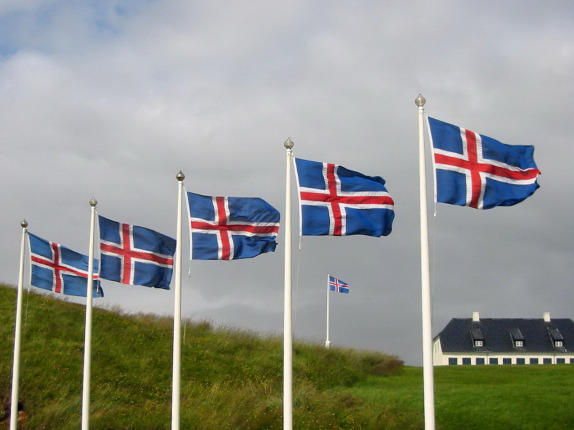Iceland declares independence from Denmark and becomes a republic.
Iceland during World War II joined Denmark in asserting neutrality. After the German occupation of Denmark on 9 April 1940, Iceland’s parliament declared that the Icelandic government should assume the Danish king’s authority and take control over foreign affairs and other matters previously handled by Denmark on behalf of Iceland.Both countries are full members of the Council of the Baltic Sea States, Nordic Council, NATO, and Council of Europe. There are around 18,000 Icelanders living in Denmark and 2,900 Danes living in Iceland.
The relationship between Iceland and Denmark remained close after Iceland’s independence, and for many years Danish was taught as the second language in Iceland, and is still taught as a third language from seventh grade onward.
A month later, British Armed Forces occupied Iceland, violating Icelandic neutrality. In 1941, responsibility for the occupation was taken over by the United States with the 1st Provisional Marine Brigade landing in the country. Allied occupation of Iceland lasted throughout the war.
On 31 December 1943, the Act of Union agreement expired after 25 years. Beginning on 20 May 1944, Icelanders voted in a four-day plebiscite on whether to terminate the union with Denmark and establish a republic. The vote was 97% in favour of ending the union and 95% in favour of the new republican constitution. Iceland formally became an independent republic on 17 June 1944, with Sveinn Björnsson as the first president.

